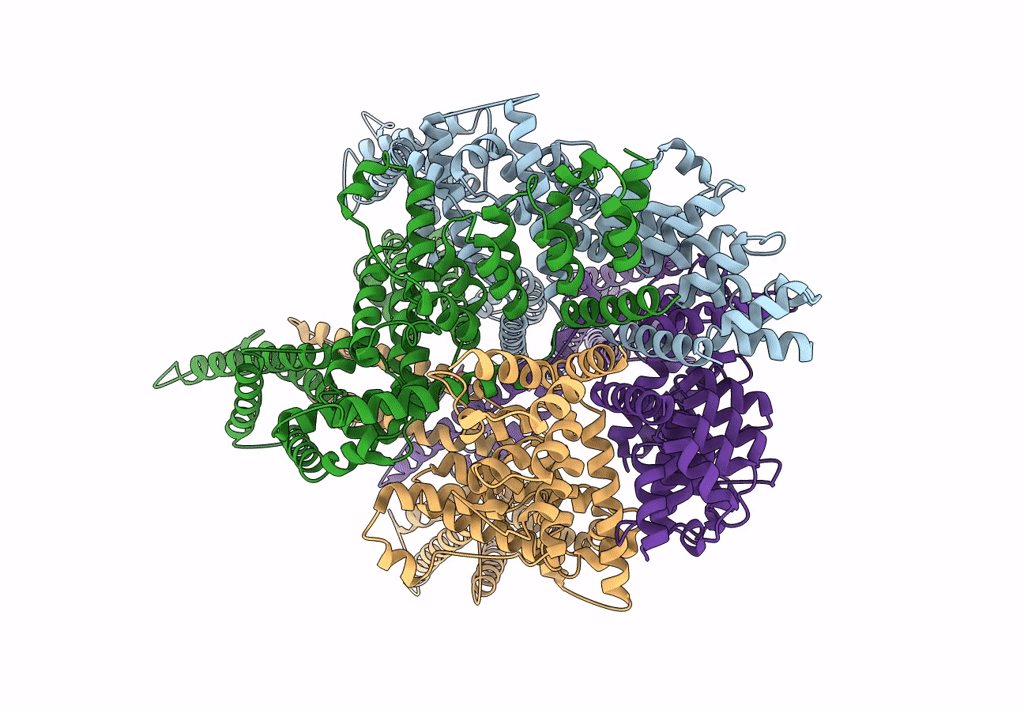
Deposition Date
2018-05-26
Release Date
2018-08-29
Last Version Date
2024-03-13
Method Details:
Experimental Method:
Resolution:
5.80 Å
Aggregation State:
PARTICLE
Reconstruction Method:
SINGLE PARTICLE


